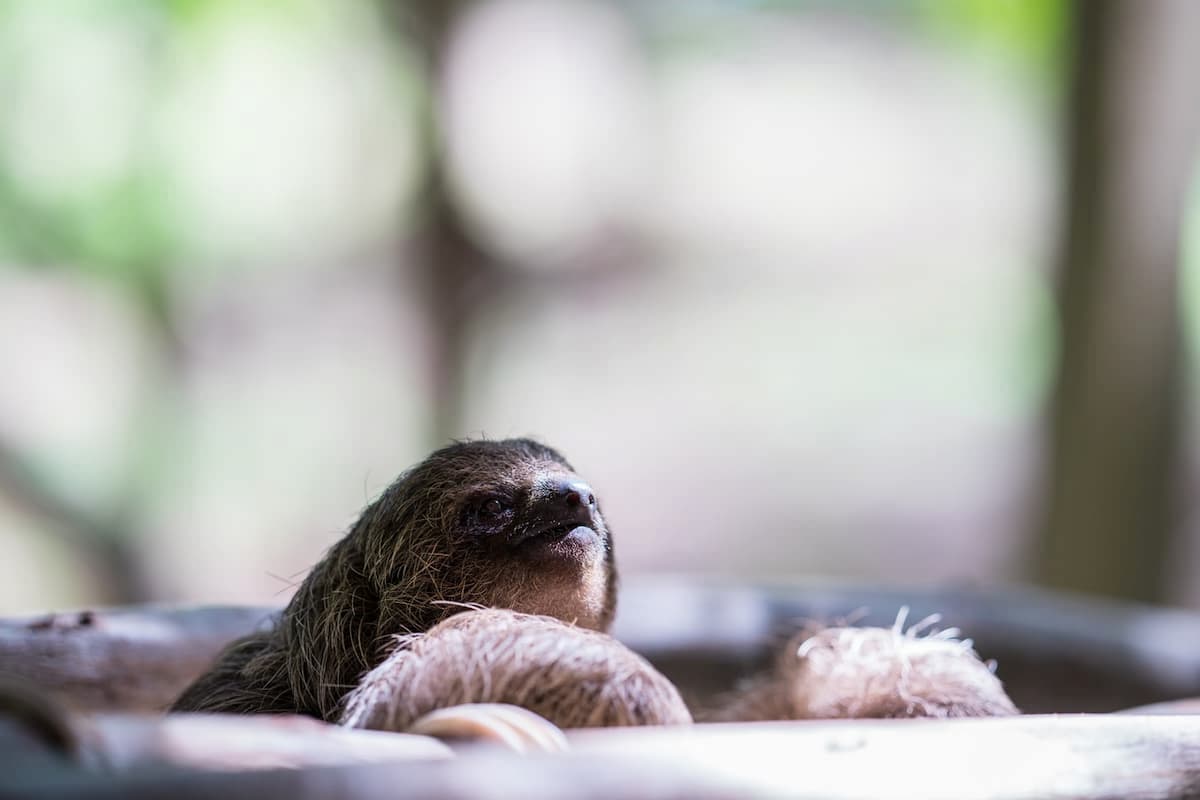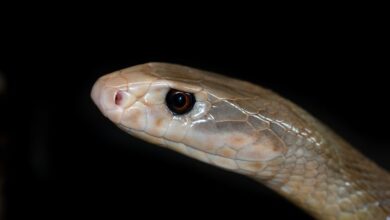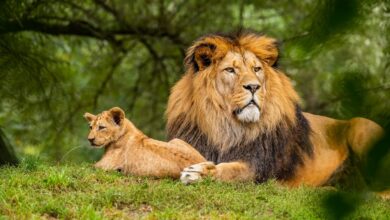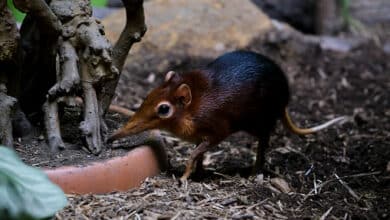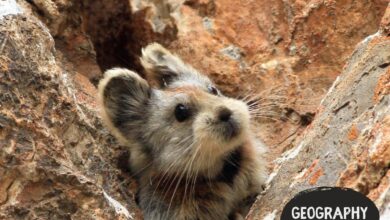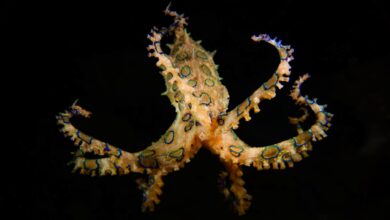SLOTHS: Nature’s Slowest Animal.. But Are They Smart?
Found in the rainforest canopies of Central and South America including the Amazon Rainforest, adorable and lethargic, sloths call the tall trees their home. Located in Brazil and Panama, the Sloths travel from tree to tree using canopy vines. Trees provide natural protection from predators such as jaguars and eagles. It is safer for sloths to spend much of their lives in the canopy, snoozing and remaining hidden on the ground from predators. Read all about this much loved creature with Geography Scout
Find out some of the unique facts about wild Sloths.
Table of Contents
ToggleSpecies of Sloth
Two of the sloths’ species are alive today: The Choloepus (the two-toed sloth) and Bradypus (the three-toed sloth). Based on vertebrae, and color Choloepus is very different from its cousin, the Bradypus.
Sloth Diet
In comparison to other mammals, sloths’ stomachs can weigh up to one-third of their body weight. Sloths munch on buds, leaves, twigs, and tender shoots. Multi-compartment stomach and effective digestion allow sloths to eat insects and birds for their healthy diet.
Sloths digestive strategy allows a sloth to eat relatively minor, but it takes an incredibly long time to pass food from the mouth to anus. A sloth has a slow metabolism, it may take 50 days or more to digest food, and it can take up to 30 days to process a single leaf.
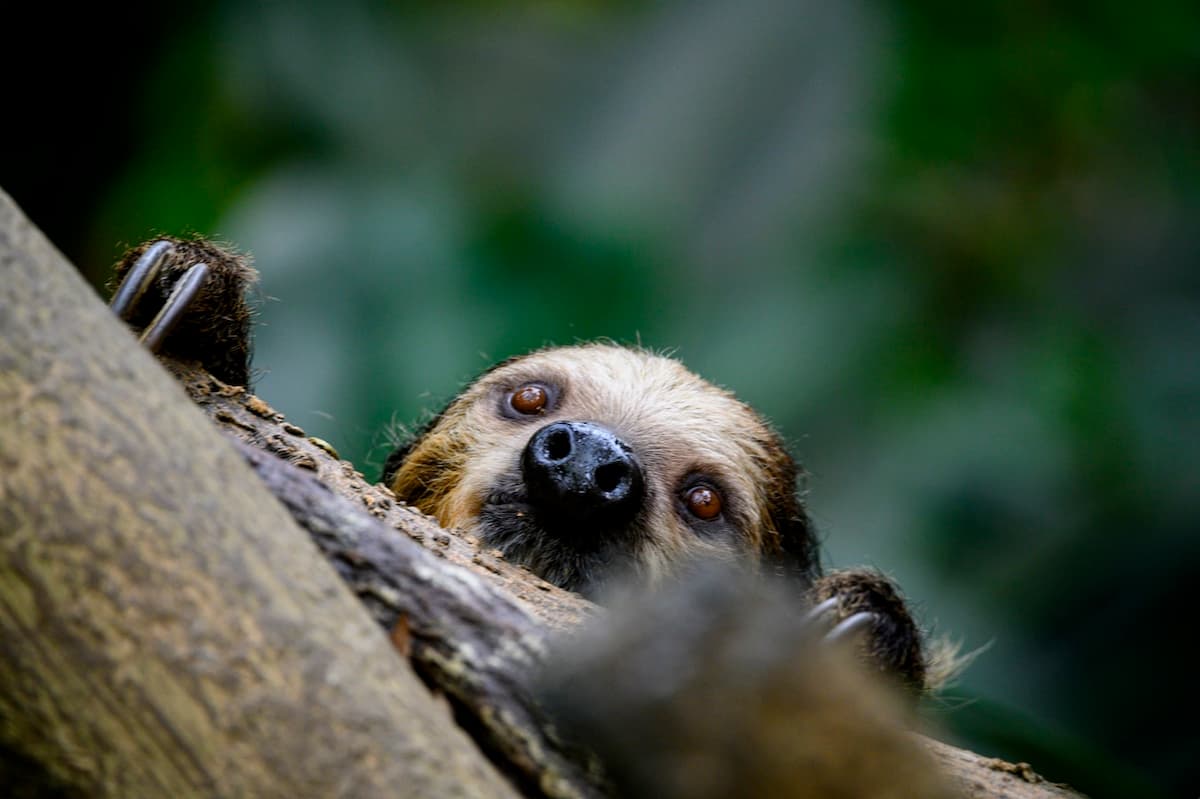
Hanging Around
Sloths are cute, slow but very strong; their muscle mass is 30% smaller than that of animals of similar size. Some sloths stay in the same tree for years hanging upside-down from trees. Their huge, hooked claws and long arms allow 90% of their life to hang upside down. Sloths’ organs are attached to their rib cage, and they don’t weigh down on the lungs. Sloth can hang upside down with no effect on its breathing.
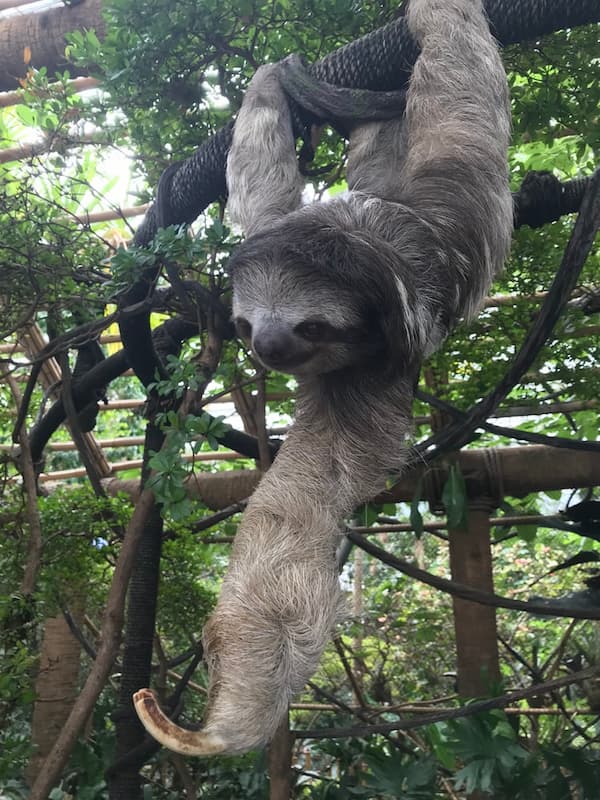
Going The Distance
Another talent of the sloth is holding on for long periods of time. Although sloths spend most of their time in the trees, their long claws make walking on land difficult. They are surprisingly strong swimmers, and they can move up to three times faster in water. Sloths can turn their heads through 270°, and their extended arms help them propel through the water.
They can also hold their breath for up to 40 minutes, inhibit their metabolism, and make their heart rate reach one-third of their average speed.
Natural Camouflage and Medical use
Sloths possess fur, and studies revealed it is home to a range of fungi and algae. The sloth’s fascinating fungi provide extra nutrients and microbes. Algae and other microbes provide the sloth with camouflage to protect and hide them from those nasty eagles. The algae are bioactive against strains of the parasites that cause malaria and some human breast cancer cells. Another paper suggested that they are also used in the farming business.
Slow is not stupid
In a world populated by predators, Slowness is the ultimate weapon in an evolutionary war. Though Sloths travels at 6 centimeters per second, they just laugh in the face of danger. For a sloth, one of the most feared predators is the harpy eagle. Sloth doesn’t have the slightest chance, so instead of running, they opt for an impressive strategy, “invisibility.”
Sloths poop a third of their body weight
Sloths have an interesting toilet ritual, and they relieve themselves only once a week. Rather than going up in the canopy, sloths climb down to the ground to lose up to one-third of their body weight in one go, at the base of a tree.
Sloths have impressive powers of retention that remain one of the biggest mysteries surrounding sloth behavior.
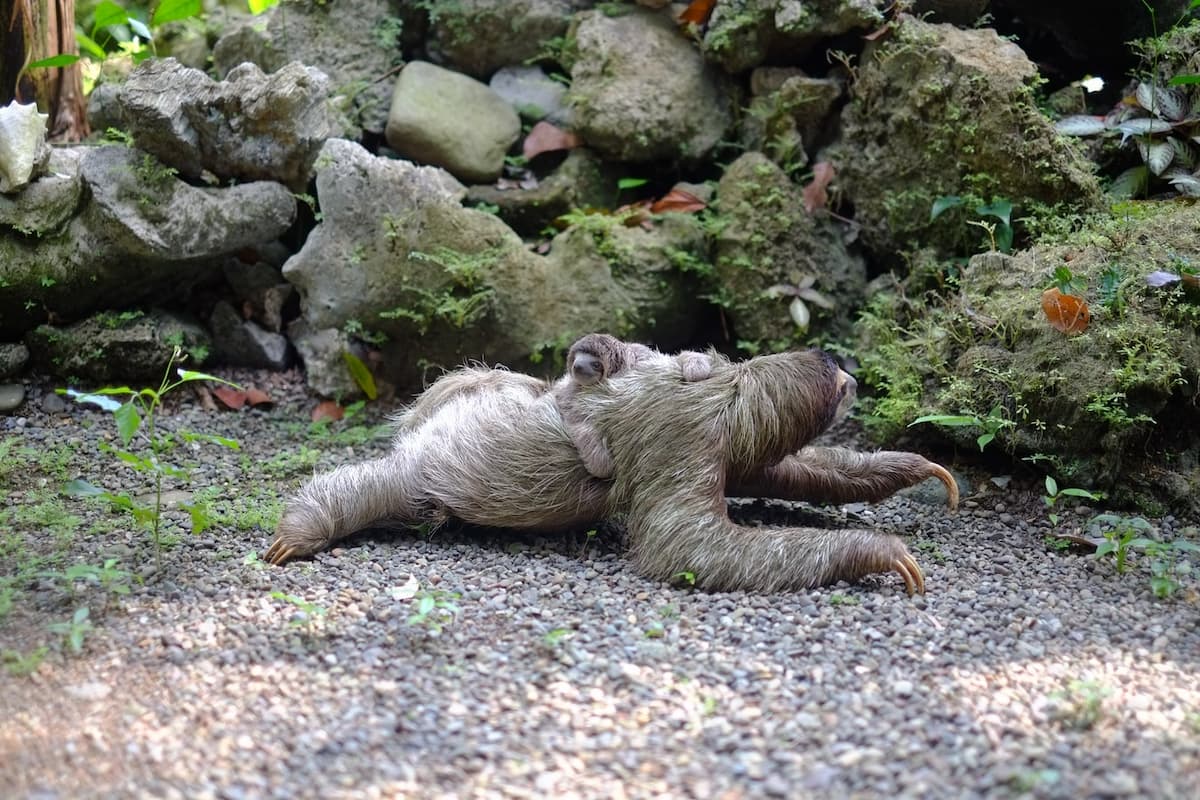
Ritual defecation and reproduction
In the animal kingdom, sex is an exciting and obvious incentive. When a female is in estrus, she will come down to the ground to defecate once every 7 to 10 days, in a single month.
After a gestation period of six months, female sloths give birth to one baby a year. Grasping to the mom’s belly, the baby sticks with the mother for about six months. This is a crucial period for the learning and development of the baby.
Beauty Sleep
Sloths are nocturnal and sleep for about 15 hours per day. They sleep curled up with their head placed between the arms and their feet drawn close together so that their enemies, like the jaguar, do not see them.
They maintain a low body temperature and move in and out of the shade to regulate their body temperature.
What threats do Sloths face?
Tropical forests of South and Central America are some of the most vulnerable to deforestation. Sloths rely on the trees for food and shelter. Continued loss of these trees can’t support a healthy populations of these sloths.
Two of the six species are endangered and threatened by deforestation, so many of these rare and endangered sloths are raised and cared for in sanctuaries.
Some of the most common species in the Amazon are sloths, pink river dolphins, anacondas, and caiman. These species are used as props for tourist photos, with sloths being used the most. Surrounded by noise and poorly handled by both guides and tourists, cause they experience high levels of fear and stress.
To donate and support the existence of these amazing and mysterious animals, head over to: https://slothconservation.org/
